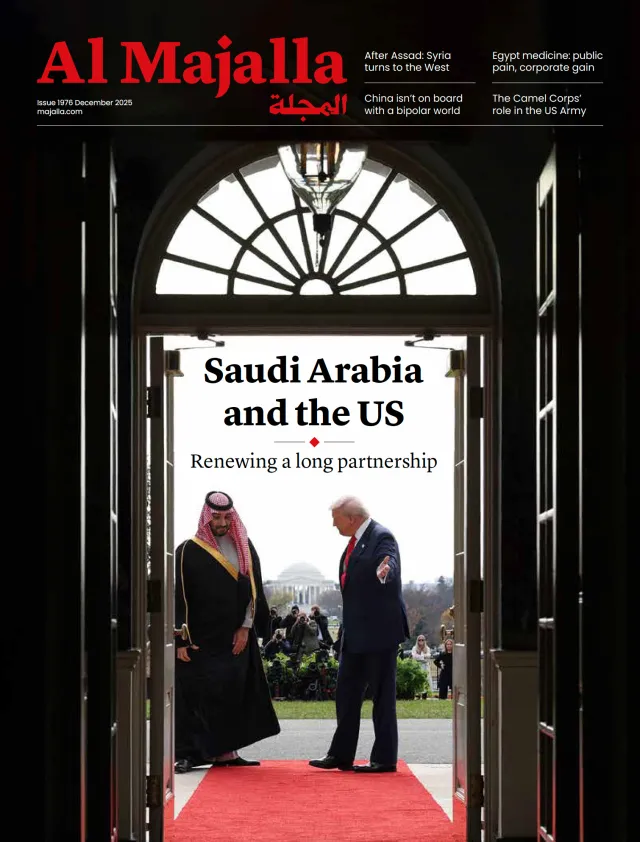By nearly every metric—US and global stock and bond markets, the value of the dollar, or the price of oil—investors seem to expect the impact of Trump’s new tariffs to be a drag on growth, a boost to inflation, and especially bad news on both fronts for the United States.
Trump’s decision to levy the biggest tariffs in more than a century on all US trading partners has especially unsettled US stock markets, which were formerly a bellwether for Trump. The blue-chip Dow Jones Industrial Average opened with a loss of 1,500 points, or 3.6%. The broader S&P 500 and the tech-focused Nasdaq indices also were darkly red, with early declines of about 4% and 5%, respectively.
European markets fared only a little better (Europe was hit with a blanket tariff of 20% on all its exports to the United States), with steep declines in the German, French, and Swedish bourses. Asian markets, the first to open in the wake of Trump’s Wednesday announcement, also finished in the red, with particular losses in US trade partners and allies such as Japan and South Korea.
Bond markets also reflected concerns about the Trump plan. Yields on benchmark US debt fell to the lowest level in six months, a sign that investors are seeking any sort of safe haven. They are even flocking back to Europe’s gold standard, the German 10-year bond, which had been beaten up in recent weeks after the new German government announced a massively expansive fiscal package.
But the idea of a safe haven does not, oddly enough, extend to the US dollar, which is down across a basket of global currencies, with especially sharp falls against major currencies including the euro, the yen, the British pound, and the Swiss franc. Normally, higher tariffs should serve to prop up the greenback, not abet its downfall (even if that is what Trump has sought all along).













